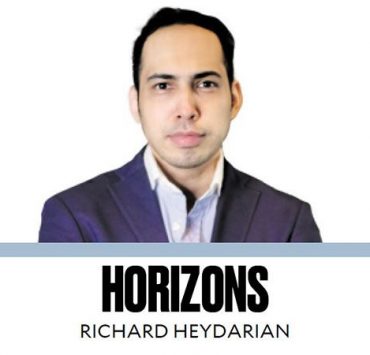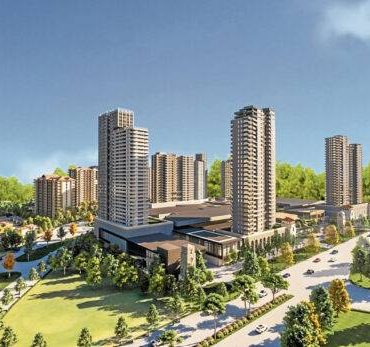Multifaceted strategy to address rising self-rated poverty
I am glad Mahar Mangahas has continually published Social Weather Stations (SWS) surveys on the prevalence of self-rated poverty (SRP) (“Poor, Borderline, Not Poor,” Social Climate, 7/20/2024), as they offer an empirical description of the overall poverty situation in this unfortunate country.
Like him, I also feel mixed sadness and joy reading the article about the latest and longitudinal SWS study on SRP. On the one hand, it saddens me to know that there is a 12 percent increase, from 46 percent to 58 percent, between March and June this year in the percentage of families who feel “mahirap” or poor. If my math is correct, this roughly translates into some 15,190,476 families in the Philippines who consider themselves poor. The average household size of 4.2 would translate into an estimated 63,799,999 individuals. On the other hand, the good news is that the most meaningful change is the drop in the borderline percentage from 30 percent to 18 percent, possibly due to, according to Mangahas, many families either falling into poverty or some families rising above it. Regardless of its revealing results, critics may argue that the SWS survey may not yet capture the full extent of SRP, especially in remote or marginalized areas that may be underrepresented in the data.
The pressing challenge facing the government and those in power to effect meaningful change is how to reverse this perennial trend. To answer this question, I asked ChatGPT, which gave me a standard and multifaceted approach to addressing immediate needs and long-term structural issues. They are job creation, educational and skills training, social welfare programs (conditional cash transfers and access to health care), subsidies and support to our farmers and land reform, microfinancing, financial literacy program, universal health coverage, and pension system, industry diversification and tourism development, good governance and anti-corruption measures, community development programs and women empowerment, climate resilience and sustainable resource management, collaboration and partnership with nongovernment organizations and international organizations and capacity building. It is safe to say that structures and programs have already been implemented to alleviate poverty and its effects on the integral well-being of the poorest and the most vulnerable. All that being said, the results also suggest that much still needs to be done to create a more comprehensive and sustainable strategy to significantly reduce poverty and improve the quality of life for families in the Philippines.
While the proposed multifaceted solutions have the potential to address poverty, they may not fully tackle its root causes, such as systemic inequalities and economic disparities. It is crucial to change our perception toward individuals in need, recognizing and treating them as “kapwa-tao”—fellow humans deserving of our selfless empathy and a form of charity that upholds distributive and legal justice. This approach should go beyond political patronage and tokenisms of election seasons under the guise of altruism. Individuals who self-identify as poor warrant greater societal support and allocation of resources. INQ
Noel Asiones

















